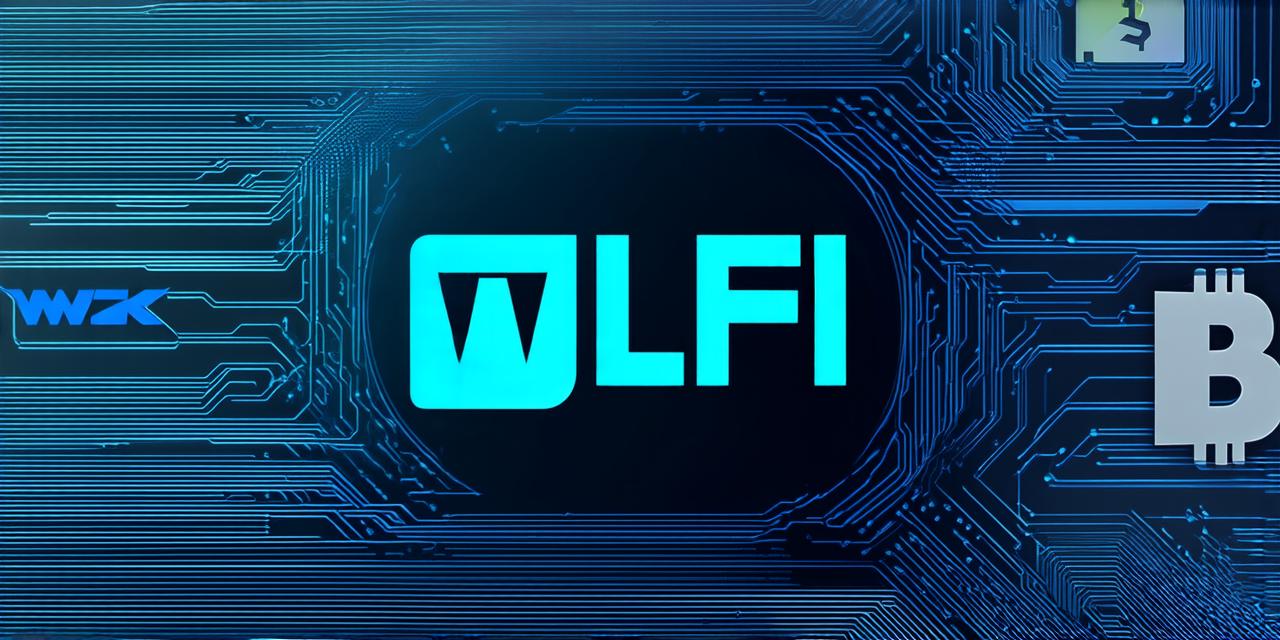Introduction
In recent years, cryptocurrencies have become increasingly popular among individuals and businesses alike. They offer a decentralized and secure way to conduct transactions without the need for intermediaries such as banks. However, buying crypto can be a complex process, especially for those who are new to it. As a developer, you may be considering investing in cryptocurrencies, but before you do, you need to understand the best way to buy crypto.
In this comprehensive guide, we will take you through the steps of buying crypto and provide you with insights from experts in the field. We will also discuss the pros and cons of different methods for buying crypto, including exchanges, peer-to-peer platforms, and over-the-counter (OTC) trading.
Understanding Cryptocurrencies
Before we dive into the best way to buy crypto, it’s important to understand what cryptocurrencies are. A cryptocurrency is a digital asset that uses encryption techniques to secure its transactions and to control the creation of new units. The most well-known cryptocurrency is Bitcoin, but there are many others, such as Ethereum, Litecoin, and Ripple.
Cryptocurrencies operate on decentralized networks, which means that they are not controlled by any central authority, such as a government or bank. Instead, transactions on these networks are verified by a network of computers called nodes, which work together to validate and record each transaction.

Pros and Cons of Different Methods for Buying Crypto
There are several methods for buying cryptocurrencies, including exchanges, peer-to-peer platforms, and OTC trading. Each method has its pros and cons, which we will discuss in detail below.
Exchanges
An exchange is a platform that allows users to buy and sell cryptocurrencies. Exchanges are the most common way to buy crypto, and they offer a wide range of cryptocurrencies to choose from. Some popular exchanges include Coinbase, Binance, and Kraken.
Pros:
* Exchanges offer a user-friendly interface that makes it easy to buy and sell cryptocurrencies.
* Exchanges typically have a large liquidity pool, which means that there are many buyers and sellers available, making it easier to find a good price.
* Exchanges usually have 24/7 customer support, which can be helpful if you have any questions or issues.
Cons:
* Exchanges can be susceptible to hacking and security breaches, which can result in the loss of your cryptocurrencies.
* Exchanges charge fees for their services, which can eat into your profits.
* Exchanges may not be available in all countries or regions.
Peer-to-Peer Platforms
A peer-to-peer platform is a decentralized marketplace that allows users to buy and sell cryptocurrencies directly with each other. Peer-to-peer platforms typically do not charge fees, which makes them more attractive to some investors. Some popular peer-to-peer platforms include LocalBitcoins and Paxful.
Pros:
* Peer-to-peer platforms offer a decentralized marketplace that is not controlled by any central authority.
* Peer-to-peer platforms do not charge fees, which can save investors money.
* Peer-to-peer platforms allow users to buy and sell cryptocurrencies directly with each other, which can be more convenient than using an exchange.
Cons:
* Peer-to-peer platforms can be risky, as there is no guarantee that the person you are trading with will honor their obligations.
* Peer-to-Peer Platforms may not have as many buyers and sellers available as exchanges, which can make it harder to find a good price.
* Peer-to-peer platforms may not be available in all countries or regions.
Over-the-Counter Trading
Over-the-counter (OTC) trading is a private marketplace where large investors buy and sell cryptocurrencies directly with each other. OTC


